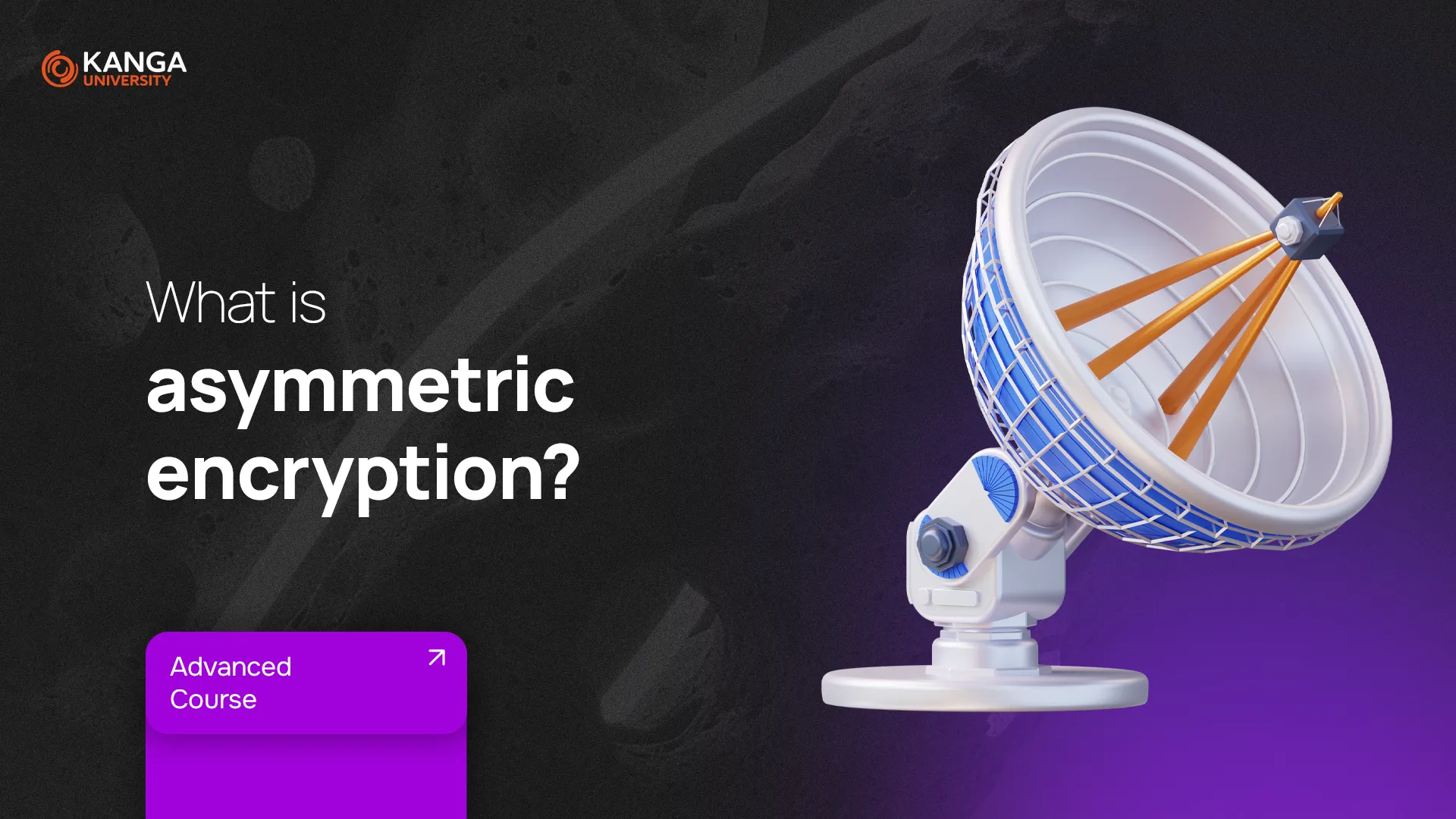
Every day you send and receive data — chatting with friends, logging into your bank, shopping online. But what protects that information from being stolen or tampered with?
Behind the scenes, there’s a powerful technology at work: asymmetric encryption. It’s one of the key tools keeping your digital life secure — and you’re probably using it without even realizing it.
What Is Asymmetric Encryption?
Asymmetric encryption is a type of cryptography that uses two different keys:
-
A public key that anyone can see and use to encrypt data.
-
A private key that only you have and use to decrypt the data.
Here’s how it works: if someone encrypts a message using your public key, only you can decrypt it using your private key.
And if you encrypt something using your private key, anyone with your public key can read it — but they’ll also know it came from you. That’s the foundation of digital signatures.
This entire process happens automatically. You don’t have to click “encrypt” or “decrypt” — your device handles everything in the background.
Where You Encounter Asymmetric Encryption Every Day
You’ve definitely used it before:
-
HTTPS websites (with the little lock icon in the address bar) use it to secure connections.
-
Online banking, emails, and e-commerce platforms use it to protect your login data.
-
Cryptocurrencies rely on it — users have public addresses and private keys, making sure only the rightful owner can access their funds.
How Does It Work in Practice?
Each user has a pair of keys. Here’s how a typical interaction plays out:
-
You get the recipient’s public key (it’s publicly available).
-
You use it to encrypt your message.
-
The recipient receives the encrypted message (a “ciphertext”).
-
They decrypt it using their private key.
And that’s it. Simple, fast, secure.
Why Is This So Secure?
-
Your private key never leaves your device. It’s never exposed during transmission.
-
Even if someone intercepts your message, they can’t decrypt it without your private key.
-
You can digitally sign messages, proving you were the sender and ensuring the message wasn’t altered.
Real-World Uses of Asymmetric Encryption
-
Digital signatures – used in contracts, documents, and secure communications.
-
Email encryption – like PGP or S/MIME.
-
SSL/TLS protocols – which secure websites and online services.
-
Cryptocurrencies – like Bitcoin and Ethereum, where your funds are protected by your private key.
Advantages
-
High level of security, since private keys don’t need to be shared.
-
Authenticity and integrity through digital signatures.
-
Non-repudiation – once something is signed, the sender can’t deny it later.
Disadvantages
-
It’s slower than symmetric encryption, so it’s not used for large data transfers.
-
If you lose your private key, you lose access to your encrypted data.
-
Public keys aren’t verified by default, so there’s a risk of someone pretending to be someone else (unless certificates are used).
Common Algorithms
RSA (Rivest–Shamir–Adleman)
The classic asymmetric algorithm. It’s widely used in web certificates (SSL). Its security comes from the difficulty of factoring large prime numbers.
ECC (Elliptic Curve Cryptography)
A more modern and efficient alternative. It uses mathematical curves to create smaller, faster, and stronger keys. ECC is especially popular in mobile apps and crypto wallets because of its efficiency.
Summary
Asymmetric encryption is the digital backbone of privacy and security online. From HTTPS to cryptocurrency wallets, it allows people and businesses to exchange data safely, privately, and with confidence.
It may not be visible, but it’s protecting you every time you connect to the internet.